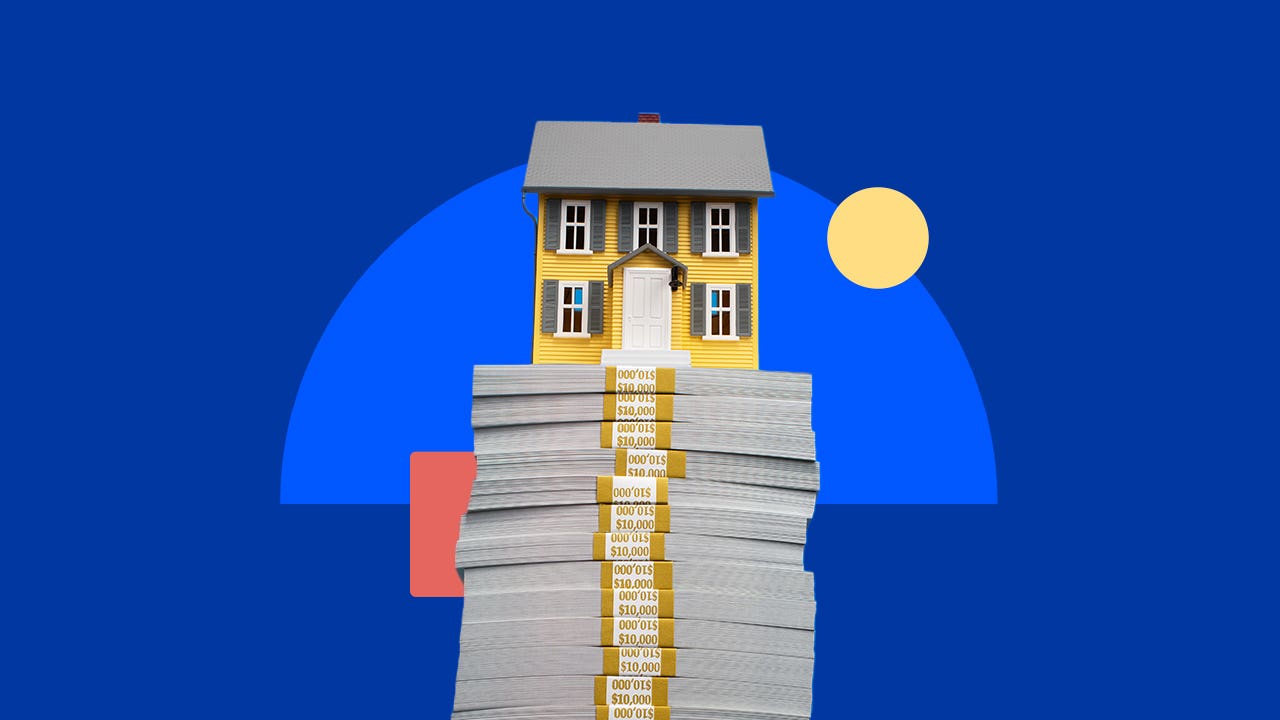Mortgage rates retreat, remain well below 7%

Current mortgage rates
| Loan type | Current | 4 weeks ago | One year ago | 52-week average | 52-week low |
|---|---|---|---|---|---|
| 30-year | 6.67% | 6.72% | 7.05% | 6.88% | 6.20% |
| 15-year | 5.89% | 5.94% | 6.38% | 6.15% | 5.40% |
| 30-year jumbo | 6.78% | 6.86% | 7.09% | 6.93% | 6.36% |
The 30-year fixed mortgages in this week’s survey had an average total of 0.34 discount and origination points. Discount points are a way to lower your mortgage rate, while origination points are fees lenders charge to create, review and process your loan.
Monthly mortgage payment at today’s rates
The national median family income for 2024 was $97,800, according to the U.S. Department of Housing and Urban Development, and the median price of an existing home sold in February 2025 was $398,400, according to the National Association of Realtors. Based on a 20 percent down payment and a 6.67 percent mortgage rate, the monthly payment of $2,050 amounts to 25 percent of the typical family’s monthly income.
What will happen to mortgage rates in 2025?
Mortgage rates didn’t respond to the Federal Reserve’s three consecutive cuts last year — a reminder that fixed mortgage rates are not set directly by the Fed but by investor appetite, particularly for 10-year Treasury bonds. When there’s uncertainty in the market, investors buy Treasury bonds, which in turn drives yields — and, often, mortgage rates — downward. “Treasury yields continue to be volatile as economic uncertainty dominates markets,” says Joel Kan, deputy chief economist at the Mortgage Bankers Association.
Another factor is inflation, which remains persistently higher than the Fed’s target of 2 percent. On March 12, the Labor Department reported that inflation had edged down to 2.8 percent in February, a move that relieves some of the pressure on mortgage rates.
However, housing economists say mortgage rates are likely to move down gradually rather than dramatically. “Buyers who have been waiting for mortgage rates to come down may be frustrated that rates are not falling further,” added Lisa Sturtevant, chief economist at Bright MLS, a listing service in the Mid-Atlantic region.
-
The Bankrate.com national survey of large lenders is conducted weekly. To conduct the National Average survey, Bankrate obtains rate information from the 10 largest banks and thrifts in 10 large U.S. markets. In the Bankrate.com national survey, our Market Analysis team gathers rates and/or yields on banking deposits, loans and mortgages. We’ve conducted this survey in the same manner for more than 30 years, and because it’s consistently done the way it is, it gives an accurate national apples-to-apples comparison. Our rates differ from other national surveys, in particular Freddie Mac’s weekly published rates. Each week Freddie Mac surveys lenders on the rates and points based on first-lien prime conventional conforming home purchase mortgages with a loan-to-value of 80 percent. “Lenders surveyed each week are a mix of lender types — thrifts, credit unions, commercial banks and mortgage lending companies — is roughly proportional to the level of mortgage business that each type commands nationwide,” according to Freddie Mac.






